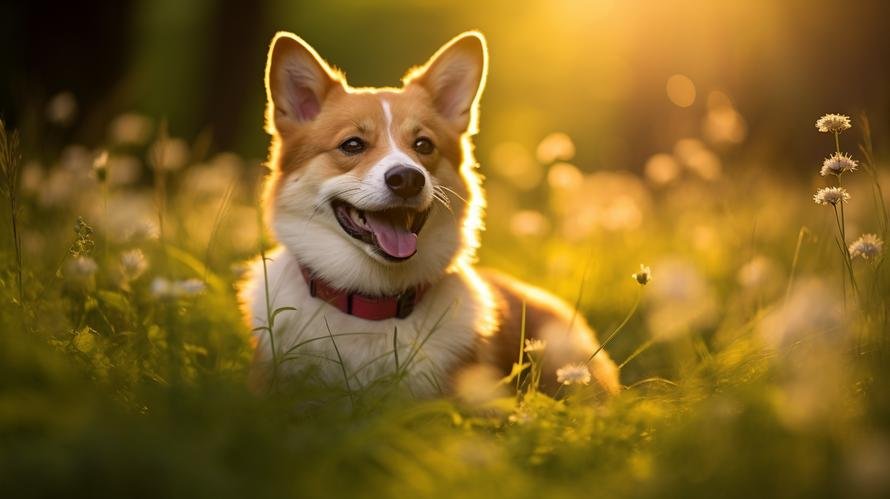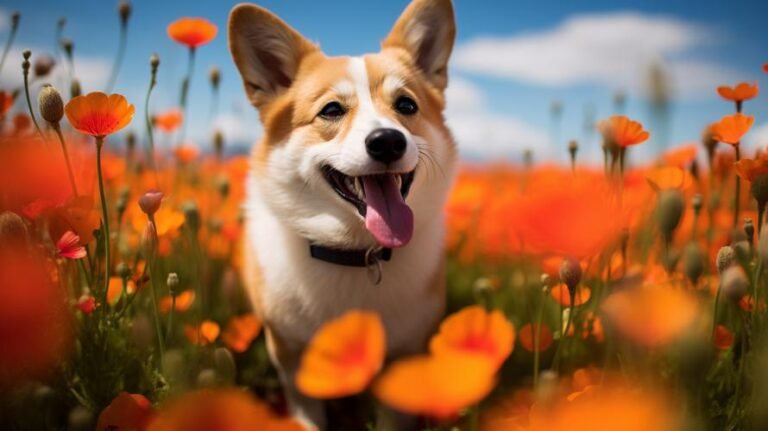Imagine a dog with six toes on each foot, with extra joints that enable it to close its ears and twist its head backwards. Sounds like the stuff of legend or at least a character from a children’s fairy tale, doesn’t it? Yet, this creature exists and it’s the Norwegian Lundehund, an ancient dog breed from the rugged coastlines of Norway, historically used to hunt puffins and their eggs on steep cliffs and in narrow crevices.
Training a Norwegian Lundehund, much like their history, is a mix of fascinating and challenging elements. Their unique physical characteristics not only made them superb hunters but also lend them certain behaviors and temperaments which can affect their training regimen.
Understanding the Breed’s History
To understand how to train a Norwegian Lundehund, it’s crucial to grasp their background. Bred for centuries to think for themselves and make decisions quickly during the hunt, these dogs are incredibly intelligent. Their problem-solving skills are exceptional, a trait that whilst useful, can sometimes translate to a certain level of stubbornness during training.
The Lundehund’s past has also bestowed upon them a high level of agility and a love for exploration. Their six-toed feet provide better grip as they maneuver through difficult terrains, and their nimble nature means they’re full of energy. This demands a training approach that keeps these energetic pups both physically and mentally stimulated.
Socialization and Temperament
When it comes to temperament, the Norwegian Lundehund is known for being alert, energetic, and sometimes reserved with strangers. However, they are not typically aggressive. Socialization should begin early, exposing the pup to different people, animals, sounds, and experiences. This helps ensure your Lundehund grows into a well-adjusted adult and is crucial in making training sessions go smoothly.
Training Methodology
Positive reinforcement is the gold standard in dog training, and Norwegian Lundehunds are no different. They respond well to treats, praise, and playtime as rewards for obedience. It’s important to establish yourself as a calm, consistent leader. Set rules and stick to them, but always interact with your Lundehund in a patient and positive manner. Their sensitive nature means they do not respond well to harsh corrections or negative training methods.
Tips and Techniques
Start Young: Begin training your Lundehund while they’re still a puppy. They are more malleable and eager to please at this age, and the skills they learn will stay with them as they grow.
Keep Sessions Short and Sweet: Their high intelligence can sometimes lead to a short attention span for repetitive tasks. Keep training sessions brief and engaging to maintain their focus.
Tap Into Their Natural Abilities: Incorporate activities that make use of their agility and hunting instincts. Hide treats for them to find, or set up homemade agility courses that cater to their nimble nature.
Patience is Key: They may be quick learners but can also be independent thinkers. If your Lundehund is stubborn during training, remain patient and persistent.
Social Skills: Regular play dates with other dogs can be beneficial. It teaches them proper social behaviors and can be a great outlet for their boundless energy.
Consistency is Crucial: Structure and repetition are your friends. Lundehunds thrive in environments where they know what’s expected of them.
Challenges
One of the most interesting quirks of the breed can also pose a challenge: their amazing flexibility and ability to squeeze through narrow spaces can lead to a Houdini-like propensity for escaping from what you thought was a secure yard or crate. Ensure your environment is Lundehund-proofed to avoid any unwanted escapades.
Another challenge lies in their instinctual behaviors. This breed may have a strong prey drive due to their historical hunting role, which could mean they’ll want to chase after small animals. With training, you can teach them to manage these impulses, ensuring they remain safe and under control.
Health Considerations
A key aspect that is sometimes overlooked in training is the health of your dog. The Norwegian Lundehund has a set of unique health considerations, particularly gastroenterological issues, which can affect their mood and energy levels. Pay attention to their diet and be mindful of any signs of discomfort that may impact their response to training.
The Takeaway
Despite the occasional challenges, training a Norwegian Lundehund can be an incredibly rewarding experience. Their intelligence, agility, and historical significance make the journey fascinating. They may require a bit more patience and a creative approach, but with the right training methods, these remarkable dogs can thrive and become obedient, loving companions.
In conclusion, the Norwegian Lundehund poses a unique, delightful challenge to dog trainers and owners alike. Yes, they have their peculiarities and may occasionally test your wits, but isn’t that the case with anything truly worth engaging in? Their storied past as puffin hunters, their unusual physiology, and their bright, quirky personalities provide an opportunity for an astoundingly rich relationship between pet and trainer—one where growth, and perhaps a little bit of adventure, is an everyday occurrence.
Embracing the training process with a Norwegian Lundehund doesn’t just mean teaching them to ‘sit’ or ‘stay’. It’s about unlocking the potential of a living creature whose history predates the modern dog training book by a millennium. It’s an ongoing dialogue between species, one that when done right, leaves both parties more enriched than they were at the start.



